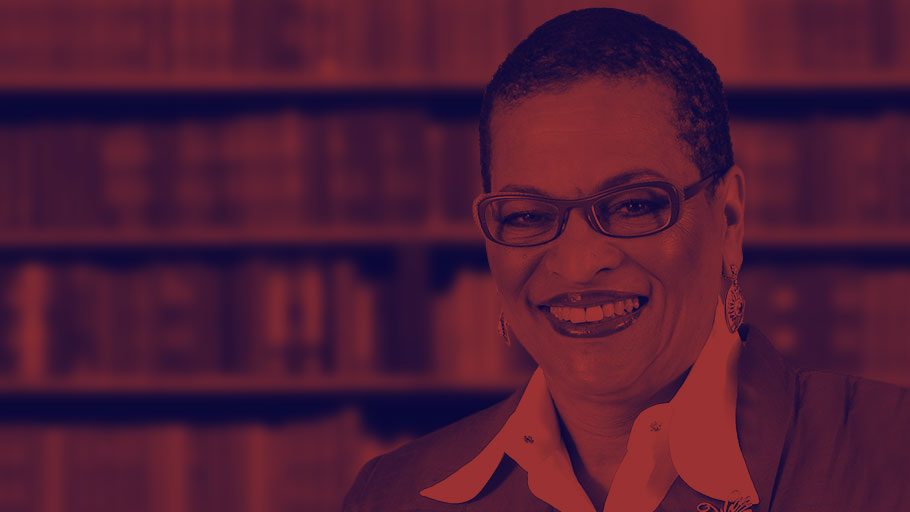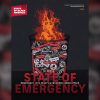Fifty years ago this month, the Freedom Rides began. While the Supreme Court ruled that segregation in interstate commerce, including bus terminals, was illegal, the laws were not being enforced. Because the law failed to act, people of conscience, courage and determination acted instead.
Resistance to desegregation was such that those who got on busses risked their lives. The Freedom Riders, who were both African American and white, were arrested and attacked on the bus route. Anniston, Alabama was an especially violent site of attack, where the local Klan and other residents, some still dressed in their church‐going finest, were allowed to beat Freedom Fighters without police interference. The plan seemed to be that there would be an initial attack in Anniston, and a second attack in Birmingham. Someone attempted to burn or bomb the bus that transported Freedom Riders.
As Freedom Riders became injured or delayed, often being denied hospitalization for extreme injuries, others kept coming, kept coming, kept coming. If they could get past Alabama and make it to Mississippi, they were often jailed in Jackson. Some were sent to the notoriously brutal Parchman prison, where they were treated with notable inhumanity. But they kept riding until the walls of segregation came tumbling down.
Some of their names are household words. Congressman John Lewis (D‐GA), Dianne Nash, James Farmer, Ruby Doris Smith, Hank Thomas, Stokely Carmichael. Others are less well known, but no less impactful. Their sheer determination, and willingness to sacrifice, literally changed history.
This month, there are many celebrations of the Freedom Riders, including a celebration at the new Freedom Riders Museum in Montgomery, Alabama, and at a Freedom Riders Reunion and Conference in Jackson, Mississippi. There will be time for reminiscing, reflecting, and reconnecting. From honors bestowed on Congressman John Lewis at the Joint Center for Political and Economic Studies Dinner in Washington, DC earlier this month, to an Oprah show featuring the Freedom Riders, to these celebrations and reunions, the contribution of the Freedom Riders will be recognized, honored, celebrated.
It is notable that so many of these Freedom Riders were quite young when they got on busses to risk their lives. What will young people risk their lives for these days? Many of the Freedom Riders were middle‐aged, making the Freedom Rides a testimony to intergenerational activism andadvocacy. Are there many such examples today? What will it take to galvanize people of conscience in this country? Many suggest that the mass incarceration of African Americans
(see Michelle Alexander’s book, The New Jim Crow) might galvanize people to act, but the unfortunate fact is that too many people are simply indifferent to the plight of the incarcerated. Some suggest that budget cuts and economic despair might galvanize people,but too many are celebrating economic recovery, no matter how spotty or uneven, for there to be mass action around economic issues. Fifty years ago, Freedom Riders were determined to challenge the status quo. Now the status quo includes unequal education, unequal treatment in the labor market, and unequal treatment in the criminal just‐us system, a rancid economy, a crumbling infrastructure, a challenged environment, and many other issues. Who will challenge this status quo?
What are the fruits of the Freedom Rides? Thanks to Freedom Riders, legal segregation crumbled. In November 1961, months after the beatings in Anniston, Alabama, the federal government began to enforce a 1955 Interstate Commerce Commission Ruling, and a 1960 Supreme Court ruling. One might argue that the sit‐in movement and the Freedom Rides led to the March on Washington, the Voting Rights Act, and other revolutionary changes in our society.
Why did we stop there? And where are today’s Freedom Riders? Today’s young people face as many internal as external challenges. Too many first generation college students do not enjoy the parental or community support that first generation college students enjoyed in the days of Freedom Rides. Then, college students were considered the proud fruit of their communities. Now, many are indifferent, even hostile, to their achievement. We can’t expect young people to be Freedom Riders unless we raise them as Freedom Riders. But we can’t raise them up as Freedom Riders unless we are willing to challenge the status quo for freedom ourselves.
Our society changed because of the Freedom Riders, and those Freedom Rides represent the possibility of social change. When will we pick the fruit from the trees that our beloved Freedom Riders planted?















